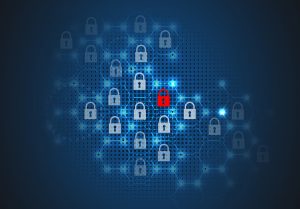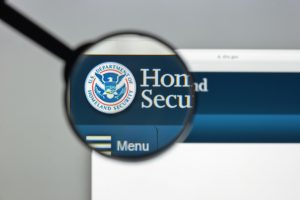 The Federal Risk and Automation Management Program, commonly known as FedRAMP, was introduced in 2010 and signed into policy at the end of 2011 as a "standardized approach to security assessment, authorization, and continuous monitoring for cloud products and services." In plain English, it provides a baseline for agencies to determine if a cloud solution is secure enough for them to use. Vendors get FedRAMP certified as a way to prove their solution is ready to plug and play into federal systems.
The Federal Risk and Automation Management Program, commonly known as FedRAMP, was introduced in 2010 and signed into policy at the end of 2011 as a "standardized approach to security assessment, authorization, and continuous monitoring for cloud products and services." In plain English, it provides a baseline for agencies to determine if a cloud solution is secure enough for them to use. Vendors get FedRAMP certified as a way to prove their solution is ready to plug and play into federal systems.
In recent years, cloud has moved from a curiosity for most agencies to a key part of IT infrastructure. With this change in cloud acceptance and use, FedRAMP has also started to evolve to meet today's needs. Last summer, Rep. Gerry Connolly introduced the FedRAMP Reform Act of 2018 as a more stringent enforcement of the use of FedRAMP guidance. Continue reading



 The Department of Homeland Security (DHS) may be the newest cabinet-level department, but it is still facing the same modernization challenges felt across government. The agencies pulled under the DHS umbrella in 2002 came with legacy systems. While a good deal of integration and modernization happened while DHS was being formed, systems have to keep evolving to keep up with the ever-changing threat landscape and the technologies used to threaten the homeland.
The Department of Homeland Security (DHS) may be the newest cabinet-level department, but it is still facing the same modernization challenges felt across government. The agencies pulled under the DHS umbrella in 2002 came with legacy systems. While a good deal of integration and modernization happened while DHS was being formed, systems have to keep evolving to keep up with the ever-changing threat landscape and the technologies used to threaten the homeland.


